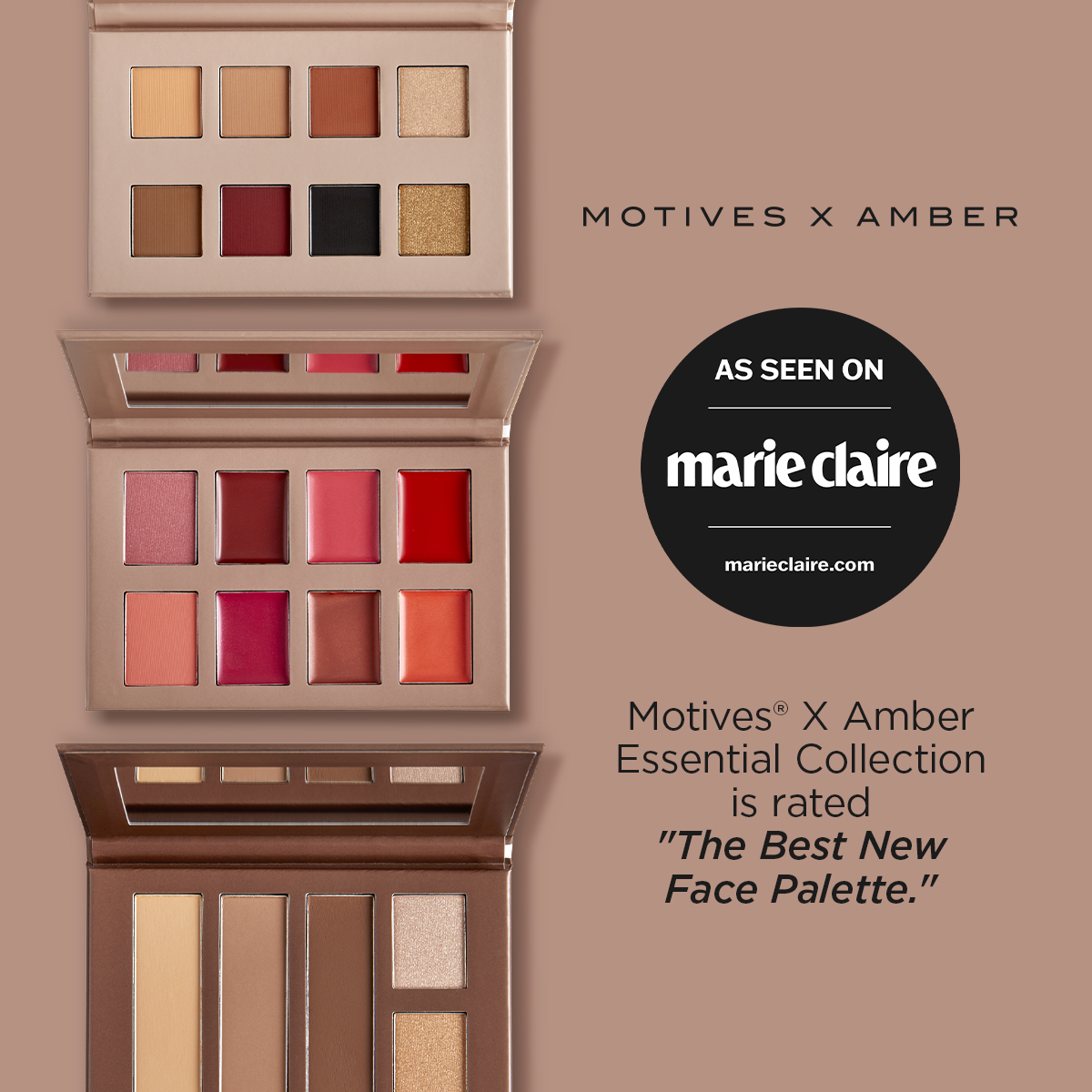For some, establishing an effective skincare routine may take a lifetime. That is because most people do not know the proper steps to take while crafting a skincare regimen. You may have spent many days visiting a dermatologist. You may have also tried many prescribed skin creams that you still cannot pronounce their names. Most people who struggle with abnormal skin never spend time researching proper skin care techniques. Here is a step-by-step guide for finding a skincare regimen that works for your skin.
- Determine Your Skin Type
There are four common skin types:
- Oily/acne-prone
- Dry, red, eczema-prone
- Sensitive
- Normal
Determine your specific skin type before moving forward with skincare products and establishing a regimen. That will allow you to utilize the best method of skincare that works for your unique skin.
- Know the Three Steps of Skin Care
There are three necessary steps to a properly balanced skincare routine. These three steps are cleansing, toning, and moisturizing. Cleansing is essential to clean your skin, then toning balances the pH of your skin, and moisturizing softens and hydrates your skin. Your products need to increase consistency with each step. The thinnest product, the toner, will be used first. Then the moisturizer, the thickest product, should be used last.
- Find Products That Work for You
It is essential to find skincare products that pair well with your skin type. That is the best way to create even, glowing skin. Here are the three skincare steps and how to match your skin tone to each form of the products.
Cleansing
Many dermatologists recommend washing your face twice daily. Wash your face with a facial cleanser that works best for your skin type. Here are the cleanser types that are for each skin type:
- Oily skin: foaming liquid
- Dry skin: cream
- Sensitive: oil
- Combination: micellar water
After you have established your skin type, you should now be able to match your skin’s needs to a recommended skincare product.
Toning
The main goal for using a toner is to provide your skin with nutrients and balance your skin’s natural pH. Cleansing will wipe away the oils and natural nutrients in your skin, so it is necessary to apply toner after the cleansing step. Look for a toner that includes ingredients that are not present in your other skincare products. Some common toner ingredients are hydroxy acids to remove dead skin cells, hyaluronic acid for hydration, and rose water for anti-inflammatory effects.
Moisturizing
That is the cardinal skincare product that dermatologists recommend. Moisturizers are a great way to hydrate and soften all skin types. They prevent water and nutrient loss from the skin. Choose a moisturizer that compliments your skin type. Here are the types of moisturizers that best pair with the different skin styles:
- Oily: gel
- Normal: lotion
- Dry: cream
- Sensitive: balm
Experts also recommend using a daily moisturizer that has a spectrum SPF of 30 or more. Sun damage is one of the worst things for your long-term skin health. Incorporating a UV protectant into your daily skincare routine is a great way to counteract sun damage. Many moisturizers include a built-in SPF, so finding a product should not be an issue.
- Be Consistent
The issues that you face with your skin may not clear up overnight. After you establish a proper skincare routine, you must remain consistent in the practice of that routine. The ideal skincare routine should consist of product application in both the morning and evening. It may take time for your skin to adjust to the new products. Be patient with your body. Give your skin time to adjust to the treatment. A good rule of thumb is to allow at least six weeks of daily use for a product before switching to another. Keep up with your routine and be patient with your skin!
Changing a routine and building a new habit takes time. Whether you are changing an existing skincare routine or adding to your daily regimen, be kind to yourself. If you forget to cleanse one morning, that is perfectly okay. You will develop the habit over time. Experts say that it takes around 21 days to form a habit. Give your new routine a good chance at being successful. Try not to change your products before trying them for at least six weeks. Notice how your skin reacts to the products; however, if you are developing redness or feel a burning sensation, be sure to discontinue the product immediately. A quick note on using face oils and/or face masks is that they can help hydrate your skin but are not necessary as a part of your regular skincare routine. Unless your skin type requires constant use of oil for cleansing, there is no need to use face oil regularly. Face masks often have similar effects to the products you will already be using, but the facial mask allows your skin to absorb the nutrients effectively. Starting a new skincare routine is an exciting way to greet each new day with glowing skin!






